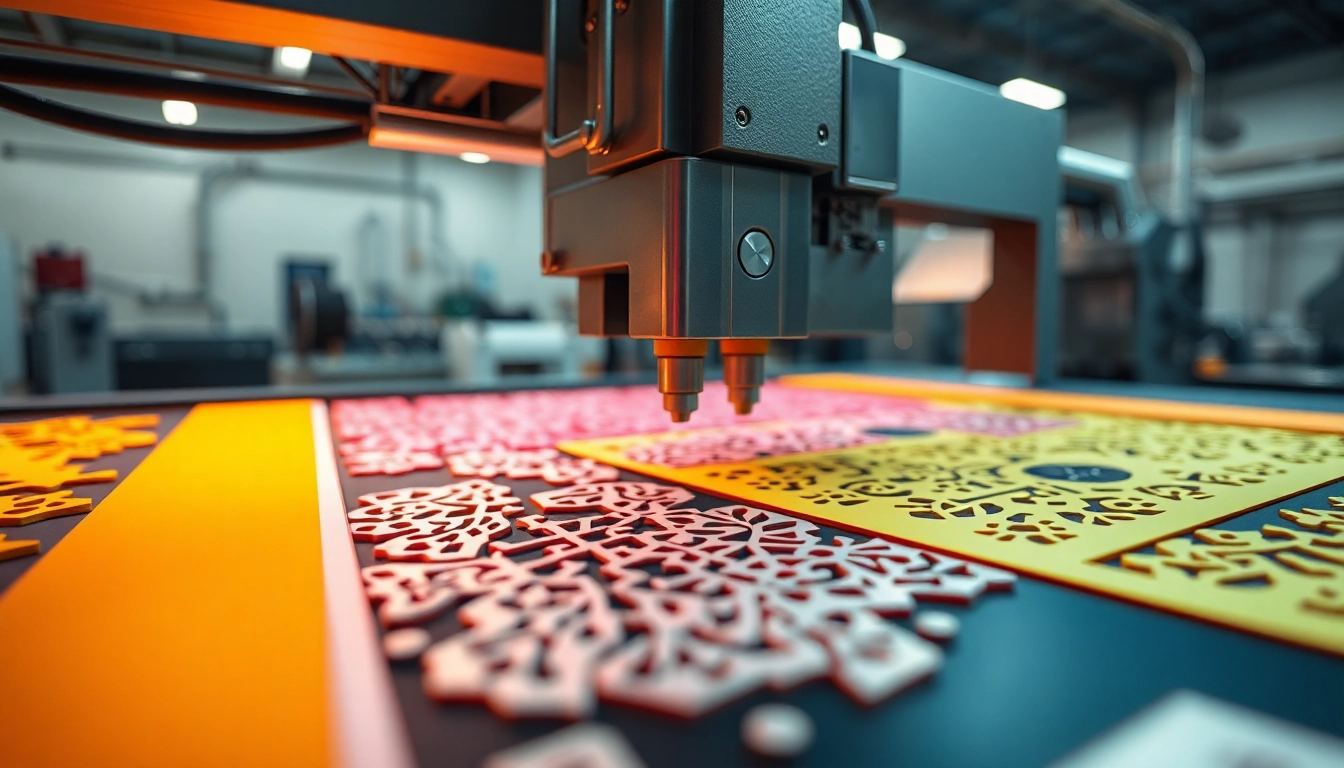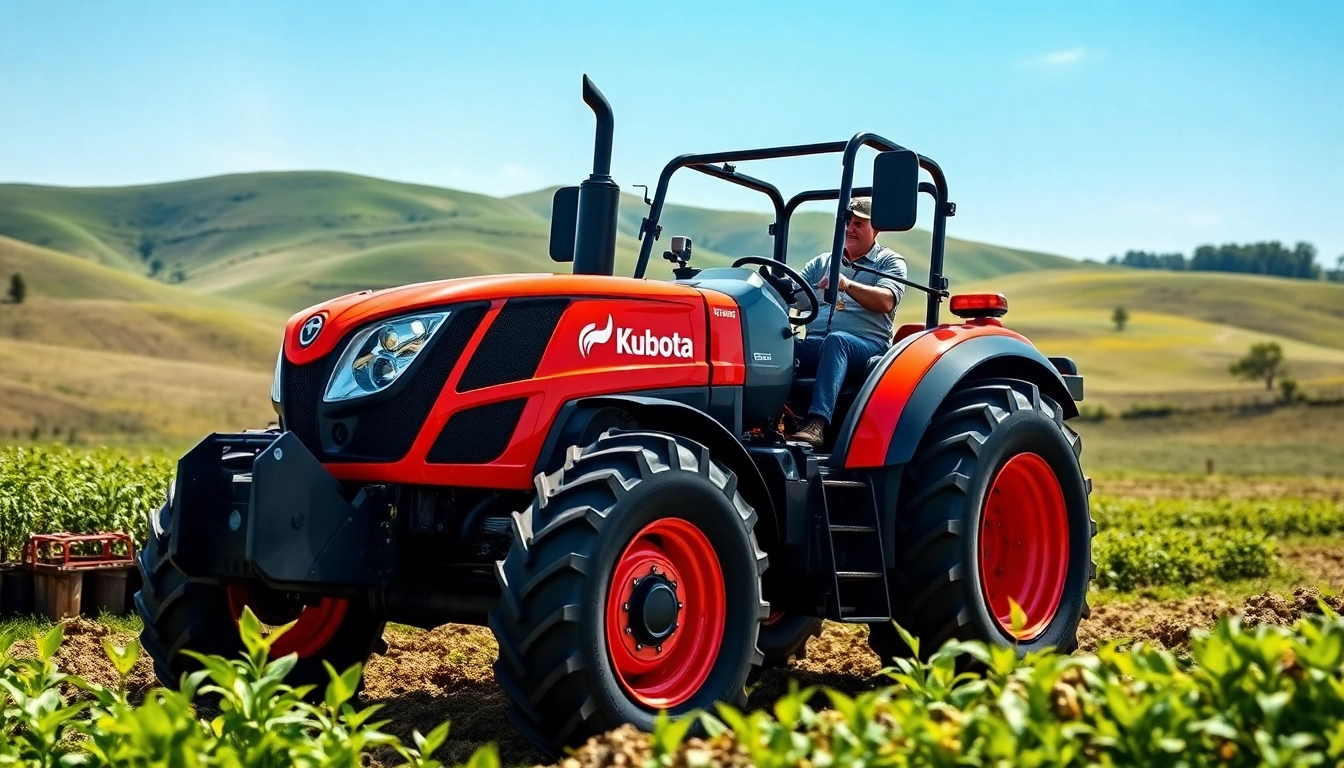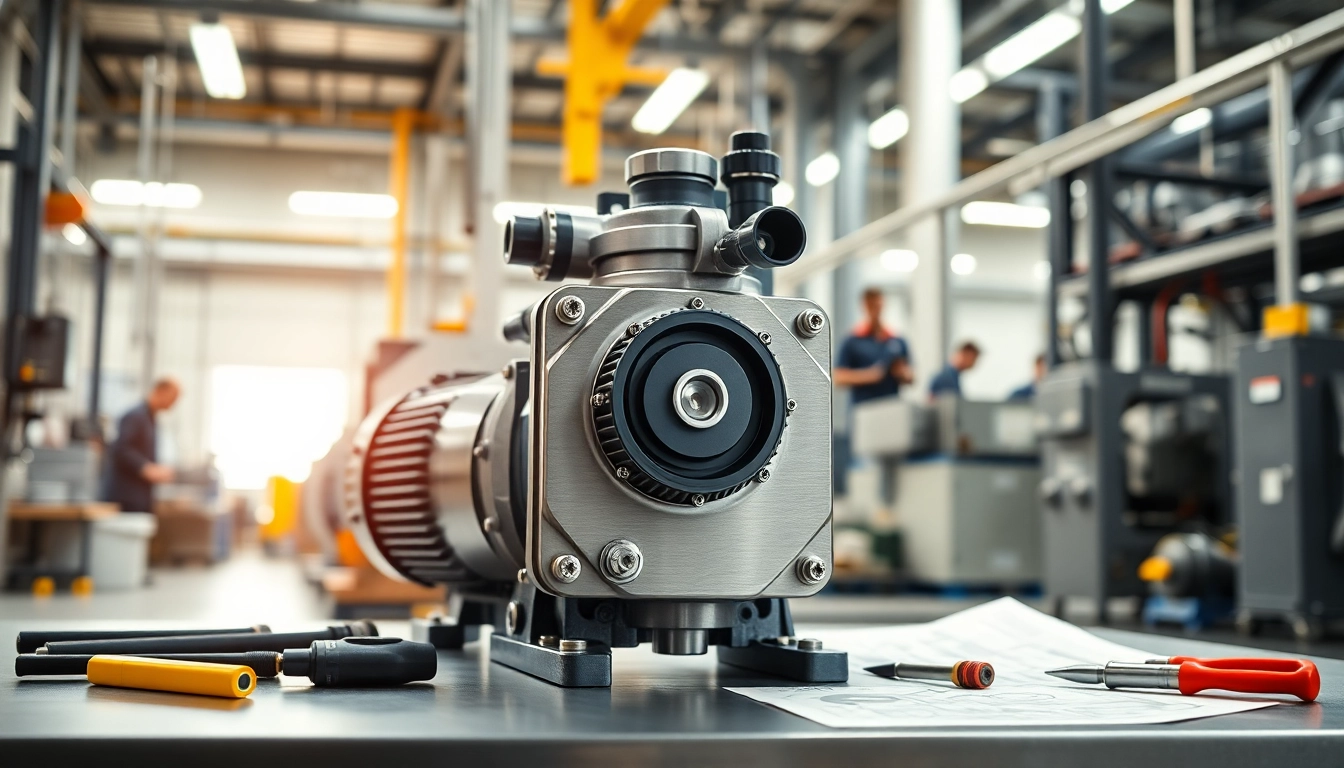Understanding Precision Die Cutting
What is Precision Die Cutting?
Precision die cutting is a manufacturing process that entails cutting a material into specific shapes and sizes using a specialized machine called a die cutter. This technique allows for the creation of intricate designs from various materials, including paper, plastics, rubber, and metals. The process is characterized by its accuracy, speed, and cost-effectiveness, making it a preferred choice for many industries. Using precision die cutting, manufacturers can achieve high-quality results with minimal waste, which is crucial in today’s competitive market.
Key Components of Precision Die Cutting
The precision die cutting process involves several key components:
- Die Cutter: The core machinery used to cut materials with high precision. It comes in different forms, including rotary and flatbed cutters.
- Die: A tool with sharp edges specifically designed to cut the desired shape out of the material.
- Material: Various substrates can be cut, including paper, plastics, foams, metals, and more.
- Feed Mechanism: This component automatically supplies the material to the die cutter, ensuring consistent pressure and alignment throughout the cutting process.
Benefits of Precision Die Cutting in Manufacturing
Precision die cutting offers numerous benefits for manufacturers:
- High Accuracy: This method allows for tight tolerances, ensuring that each component meets exact specifications.
- Efficiency: The automated nature of die cutting can significantly speed up production times, allowing manufacturers to meet higher demand.
- Material Versatility: Precision die cutting can be performed on a wide range of materials, providing flexibility in product offerings.
- Cost-Effectiveness: Reduced waste and faster production times contribute to lower overall manufacturing costs.
Types of Precision Die Cutting Techniques
Rotary Die Cutting Explained
Rotary die cutting utilizes a cylindrical die, which spins against the substrate to produce continuous cuts. This method is ideal for high-volume production runs as it combines speed and efficiency. The rotary cutting process can handle flexible materials, making it suitable for industries like packaging and textiles. Its advantages include smooth edges, the ability to print in-line, and quick setup times, enhancing overall productivity.
Flatbed Die Cutting Process
Flatbed die cutting operates on a different principle; it employs a flat surface where the die presses down on the material. This method is particularly effective for cutting thicker materials, giving manufacturers the ability to create precise designs in various thicknesses. The flatbed die cutting process is slower than rotary die cutting but excels in producing complex shapes and performing multiple operations, such as scoring and perforating, at once. It is widely used for producing packaging solutions, customized products, and promotional materials.
Laser Die Cutting for Increased Precision
Laser die cutting has gained popularity due to its ability to achieve incredibly intricate cuts with minimal material waste. This technique utilizes a laser beam to melt, burn, or vaporize the material, providing superior accuracy and versatility. Ideal for detailed designs, laser cutting can work with diverse materials like plastics, woods, metals, and textiles. The process is especially beneficial for prototyping, as it allows for rapid adjustments and modifications without extensive downtime. Additionally, laser die cutting eliminates the need for die creation, significantly reducing upfront costs and lead times.
Applications of Precision Die Cutting Across Industries
Medical Industry Applications
In the medical field, precision die cutting is essential for producing components such as gaskets, seals, and custom parts that require exact specifications. The ability to cut materials like silicone, foam, and adhesive allows medical manufacturers to create products that meet stringent safety and performance requirements. Furthermore, the use of cleanroom die cutting techniques ensures that products are free from contaminants, maintaining the integrity of sensitive medical applications.
Packaging and Labeling Solutions
Precision die cutting is crucial in the packaging industry, where it facilitates the creation of boxes, trays, and labels with intricate designs. The flexibility in material options enables manufacturers to design customized packaging solutions that not only protect products but also enhance branding. Die cutting reduces production timelines and minimizes waste, resulting in cost-effective packaging solutions that align with consumer expectations for sustainability.
Automotive and Aerospace Uses
In the automotive and aerospace sectors, precision die cutting is used to manufacture critical components such as insulation, gaskets, and sound dampening products. The high accuracy of die cutting ensures that parts fit perfectly, which is vital for the safety and performance of vehicles and aircraft. Additionally, the process can handle various materials, including foams and composites, meeting the diverse needs of these industries while contributing to weight savings and efficiency improvements.
Choosing the Right Die Cutting Service
Factors to Consider When Selecting a Precision Die Cutting Partner
Choosing the right die cutting service provider involves evaluating several important factors:
- Experience and Expertise: Look for companies with a proven track record in precision die cutting, especially within your industry.
- Quality Control: Ensure the service provider has a robust quality management system in place to maintain high standards in production.
- Material Capabilities: Assess the range of materials the provider can work with to determine if they meet your specific needs.
- Service and Support: A responsive customer service team can help address issues quickly and ensure smooth communication throughout the project.
Common Mistakes to Avoid
While selecting a precision die cutting service, it’s important to avoid common pitfalls:
- Focusing Solely on Cost: While affordability is important, low-cost providers may compromise on quality and service.
- Neglecting Research: Failing to thoroughly research potential partners can lead to misaligned expectations and poor outcomes.
- Ignoring Turnaround Times: Ensure the provider’s timelines align with your project needs to avoid delays in production.
Cost Considerations in Precision Die Cutting
The cost of precision die cutting can vary significantly based on several factors, including:
- Material Type: Different materials come with varying costs, impacting the overall price of production.
- Complexity of Design: More intricate designs require more time and specialized tools, increasing costs.
- Production Volume: Higher quantities typically lower the cost per unit, as fixed setup costs are spread over more pieces.
- Additional Services: If your project requires extra services, like assembly or packaging, expect additional costs.
Future Trends in Precision Die Cutting
Technological Advancements Shaping the Industry
The precision die cutting industry is evolving rapidly as new technologies emerge. Innovations in automation, such as the integration of robotic arms for handling materials, are enhancing production efficiency. Additionally, software advancements allow for better design and simulation tools, ensuring that manufacturers can visualize and test products before they are produced. These advancements lead to cost savings, shorter production times, and improved accuracy.
Sustainability and Eco-Friendly Practices
As companies become more environmentally conscious, sustainability is a growing focus in precision die cutting. Manufacturers are increasingly using recycled materials and optimizing processes to minimize waste. Implementing energy-efficient machinery and sustainable practices not only helps protect the environment but can also appeal to consumers who prioritize eco-friendly products.
The Impact of Automation on Precision Die Cutting
Automation is transforming precision die cutting by increasing production speeds and reducing human error. Automated systems can handle continuous runs of materials, significantly minimizing lead times. Furthermore, automated quality control systems can detect defects in real time, ensuring that only the highest quality products reach customers. With automation, manufacturers can also scale their production more effectively, adapting quickly to market demands without compromising quality.















Leave a Reply